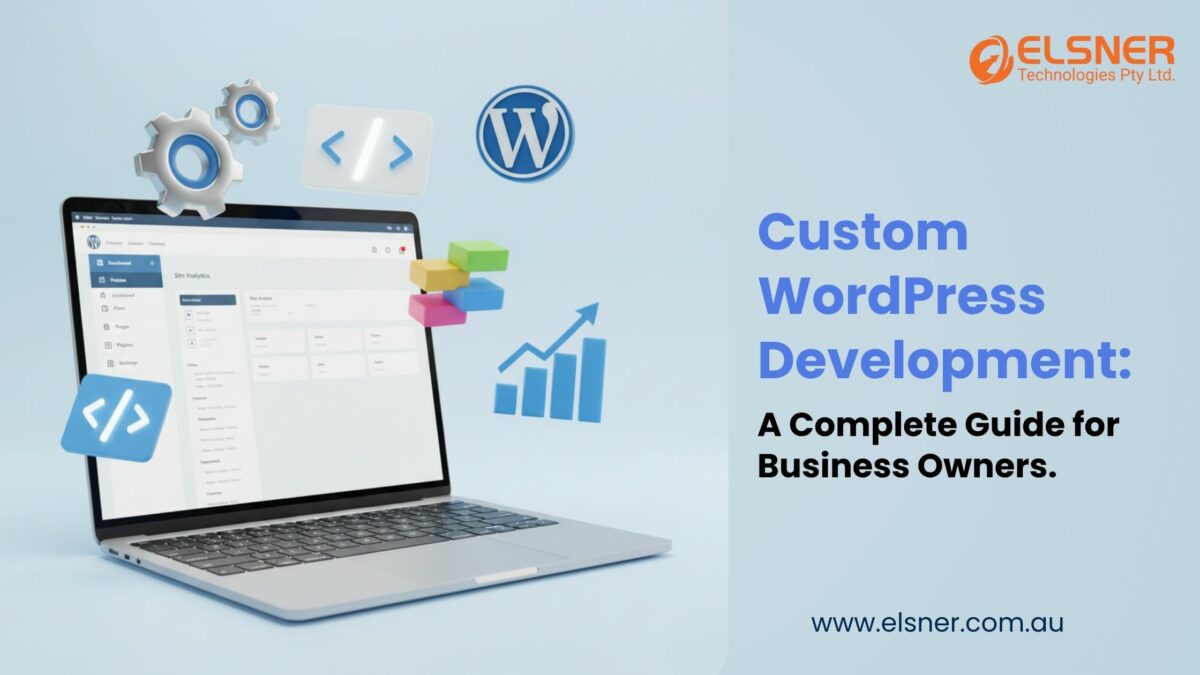The Defining Role of Topic Clusters to Drive More Traffic to Your Website
Digital Marketing, OtherThere was a time when blogging was straightforward. The only thing needed to be was to think about a topic idea, find relevant keywords. The next step was to publish and promote the blog. Then, you slowly moved to the next topic on your content calendar. However, things have changed big time in the current year. We see the evolution of SEO to such a level that you need to be an ace blogger and an ace online marketer to get on top of Google SERPs. This is where a reputed SEO company Melbourne that provides ingenious SEO services Melbourne can be highly effective in driving more traffic to your website. To get to this ace position, you need to dig in deep than the rest and become an expert with something that we would like to call “topic clustering.”
In case you have never heard about this term earlier and are wondering exactly what it is we have got it covered here. In the forthcoming sections of this write-up, we will provide comprehensive information about topic clustering and the different ways it can assist in driving more traffic to your website in the year 2019 and beyond. We promise after reading this piece of content; you will have a better understanding of topic clusters and its importance in today’s dynamic online business world.
Let’s start with the meaning of the term “topic clusters.”
Definition of Topic Clusters
We will help you understand this term with the help of an example. Imagine you are working as an app developer creating a new blog for your SEO company. One way to attract potential customers to your site is by creating a sequence of pillar pages that can be viewed by them.
Now, you might have a question: “What exactly is a pillar page?” Don’t worry; we are here to explain that to you. A pillar page is a page that provides information on a generalised subject. The peculiar thing about a pillar page is that it ranks for a high-volume keyword.
Since in the example we have considered you to be working as an app developer that enhances SEO, one of the pillar pages can be devoted to the basics of SEO. A pillar page is nothing but a content page centered around the primary topic. Once you have zeroed in on a primary topic, it will become easier to consider other offshoot topics for which you can create distinct pages.
Some of the offshoot pages for the example given above can be:
- The best ways to find long-tail keywords
- The right way to perform keyword research
- What is on-site SEO?
- The best backlink SEO strategies
The list can go on and on. You can call these offshoot pages as topic clusters. The reason being, they are all relevant to the pillar page that we discussed earlier. The magic starts when you start interlinking all these pages. This process commences till all these link back to the pillar page. This way, Google deciphers that your pillar page is of high-authority for a specific topic.
Please understand this: All websites consist of hierarchies. Most of the time, it would have the following structure:
- Homepage
- Top Service Pages
- Subcategories of each service
- Detailed page
Now, picture this: If you are a search engine crawler, most of the time you lose interest as you dig deep into the architecture of the website. This is where the role of topic clusters start. The reason being, they lead crawlers to your pillar pages.
With the help of the topic clustering process, it is possible to organise your content and pages more strategically. You can get better ranks for your keywords. This way, you can drive more traffic by attracting the attention of your target audience. It even assists in enhancing your internal linking, which is considered to be a pivotal factor to rank in top SERPs on Google.
Now, that you have understood the term “topic clusters,” in the next section, we will look at the different steps to create them.
Let’s get started.
Select a Topic
The process of topic clusters start by selection of a subsidiary topic area that synchronises perfectly with the pillar page. This subsidiary topic needs to be on a generalised idea that positions you as an expert in your industry. This should be the main topic for your organisation.
In case you own a social media marketing company, one of your subsidiary topics can be effective use of social media marketing strategy. Brainstorm and you will find that there are quite a few pillar pages already existing on your website. And it is amazing if that is the case! Dig in deep into your existing content and see whether you can find any. Then follow the step given below.
Break it Down into Several Sub-Topic Ideas
To create topic clusters, it is essential to dig into several subtopic ideas. With the help of these subtopic ideas, you can flesh out the subsidiary topic. This way, you can provide more value to the readers by ensuring only they read highly relevant and super specific topics related to your content.
Since you are a part of the industry, it would not be challenging to know the likes and dislikes of your target audience. Try to zero in on the sub-topic ideas based on your inside knowledge. Think about all the topics that can be contextually based on your subsidiary topic.
In case you need some help, try a tool like an Answer the Public to get out of your writer’s block. Enter your subsidiary topic into the tool and see the related queries posted by people. It is even possible to employ Google’s Related Searches feature to get a fair idea about subtopics to write. You can even call them LSI keywords. You can find these topics by entering your subsidiary topic into Google and scroll at the bottom of the first page of results.
To explore more topics, type in a search term in the Google search bar and wait for a list of items appearing on the screen:
Find Out Keyword Ideas
Remember, topic clusters will not be effective if you do not optimise your pages with long-tail keywords. One of the significant reasons to employ topic clusters is to ensure that you use more keywords. This way, you can drive more high-quality traffic from your target audience. While it is true that you need to use a short and long-tail keyword for your pillar page, for subsidiary pages your entire focus should be on long-tail keywords.
Once you have a fair idea about the subtopic ideas, use a keyword research tool like Ahrefs or SEMRush to ascertain their popularity, search volume, and ranking difficulty. Utilise Google’s Keyword Planner or Ubersuggest which can be assessed free of cost. Evaluate the effectiveness of your long-tail keywords and their competition. On top of this, your keyword research tool can be effectively utilised to get more keyword ideas that can be added in the content.
Topic clusters are used to drive more traffic by employing those keywords that your audience is using. Always ensure that the keywords you are using are connected to all pages. This way, Google can establish a semantic relationship between your webpages. In layman’s term, it showcases that you have covered the topic in hand extensively with the help of your content and keywords. Related keywords, in conjunction with valuable content, informs Google that you are an expert on the specific topic in hand and you have covered all the bases possible.
Flesh Out Your Topic Clusters and Pillar Pages
To get more value out of your pillar pages, it is essential to flesh them out. This can be done by providing lots of value and extensively covering the subsidiary topic. Remember, a properly researched pillar page will always provide valuable, helpful content that assists in resolving the concerns of the readers. It should have superior images, informative case studies, creative infographics, internal and external links, and extensive research. All these things, combined, can go a long way in ensuring that your pillar page becomes the go-to resource in your industry.
Internal Linking
Once pillar pages have been created and the subtopic pages have been drafted, it is time to interlink them. Remember, all your subsidiary pages should link to your pillar pages. And your pillar pages need to be connected to your subsidiary pages. Internal linking presents a strong case for topic clusters. As with its help, Google comes to know that the content and keywords on your website are all related.
Always be vigilant while linking through anchor text. The reason being, organisations get tempted to use the same anchor text repeatedly. This can result in a penalty from Google, if overused. The best thing to do is to mix things up. Employ optimised anchor text resourcefully while utilising non-optimised anchor text sometimes.
Track Your Results
Once you start the process, it is essential to wait for several weeks for the results to arrive. After that, use your preferred SEO tracking tool to track the results. This way, you will come to know how one page is affecting the ranking position of other pages.
Final Words
Topic cluster is not a tough topic. With a little time and effort, you can execute your part flawlessly. The only thing required to recruit a talented content marketing team. Next, dig in for the right keywords and content marketing strategy. Once that is done, start developing the content. If you need any help in promoting your content, take advantage of SEO Services Sydney from a reputed SEO company.
















